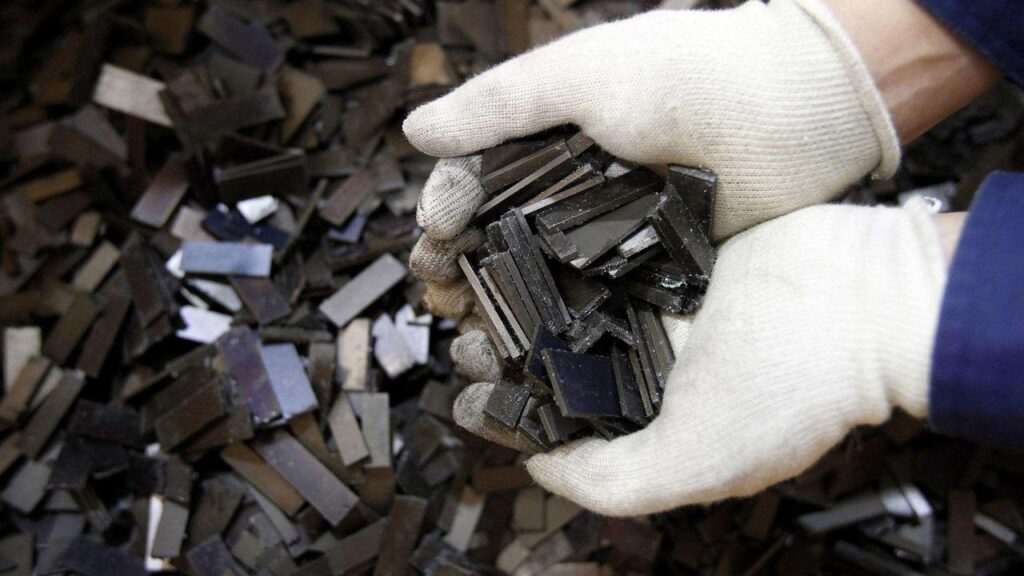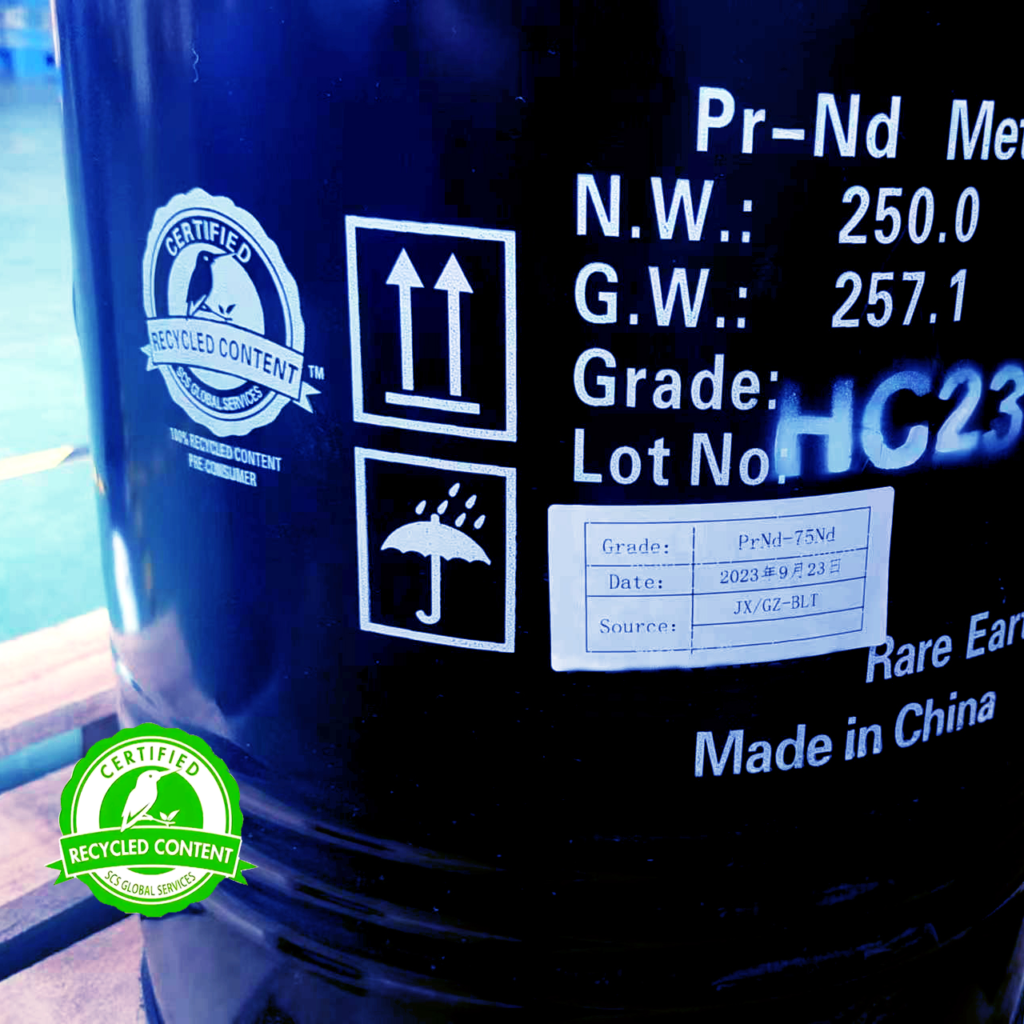
Leaching method: This method involves soaking rare earth waste residue in an acidic or alkaline solution, and then stirring and heating it to dissolve the rare earth elements in the solution. Subsequently, through steps such as neutralization, decolorization, and precipitation, purified rare earth elements are obtained. This method is suitable for the recovery of neodymium carbonate, cerium oxide, and other rare earth elements.
Extraction method: This method involves soaking rare earth waste residue in an organic solvent and utilizing the selective extraction of rare earth elements by the organic solvent. Through distillation and other steps, purified rare earth elements are ultimately obtained. The extraction method is suitable for the recovery of dysprosium, gadolinium, and other rare earth elements.
Oxidation sintering method: Under high-temperature conditions, rare earth waste residue is oxidized and sintered to separate the rare earth element oxides. Subsequently, through chemical reduction and other steps, purified rare earth elements are obtained. This method is suitable for the recovery of yttrium, europium, and other rare earth elements.
Wet recovery: Acid leaching (such as hydrochloric acid, sulfuric acid, etc.) combined with oxalic acid and other precipitants are used to recover rare earth elements from neodymium-iron-boron waste. Specific methods include the chloride leaching method, the complete leaching method, and the sulfate complex method. Each of these methods has its own advantages and disadvantages, and the appropriate process should be selected based on the actual situation.
Pyrometallurgy: By heating the waste to extremely high temperatures, it is decomposed to separate the rare earth elements. This method requires a large amount of energy and is typically used for waste that is difficult to process using other methods in industrial applications.
Liquid-liquid extraction: Shred and grind the scraps of old electronic products into powder to extract rare earth elements. This method requires the use of strong acid as a solvent and involves a series of solvent extractions to obtain rare earth elements.
In practical operations, the most suitable method should be selected based on the type of rare earth waste and available resources. At the same time, considering environmental protection and economic efficiency, efforts should be made to develop and apply more environmentally friendly and economically efficient treatment technologies as much as possible.

